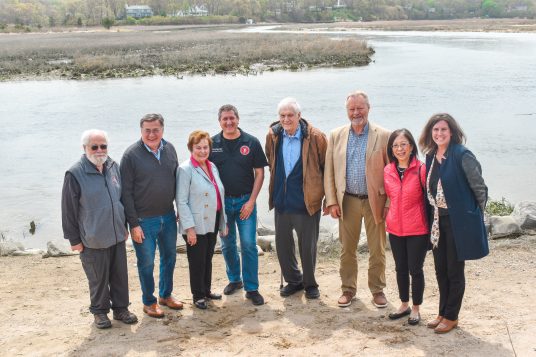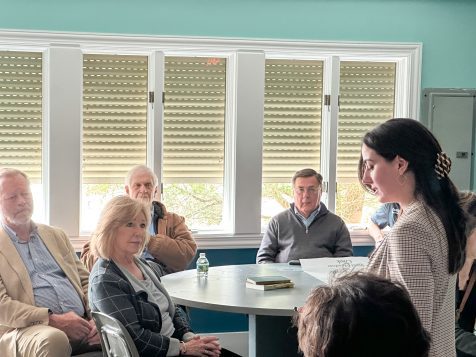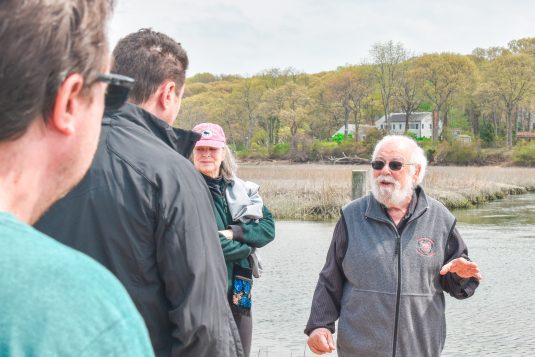Long Island has an impending garbage crisis, and the Town of Brookhaven is at the center of it. As Brookhaven voters prepare to elect their next town supervisor and town council representatives, they must keep this garbage issue at the top of their minds.
Given the complexity of municipal government and the scope of its influence, a local election can never be reduced to a single issue. Still, the Brookhaven Town landfill will have an outsized role in townwide elections this year, affecting every resident in the town and citizens across Long Island.
Opened in 1974, the Brookhaven landfill is the largest on Long Island and the centerpiece of waste collection for the region. In a 2019 thesis paper, Katlin Stath wrote, “the landfill isn’t isolated from the rest of Long Island since it is an integral part of the functioning of the Island’s waste management system.”
However, the landfill is near capacity, with plans in place to close the facility to construction and demolition debris by next year, and expectations to close the site completely two years later. The impending landfill closure, therefore, represents one of the great environmental, governmental and social dilemmas of our time.
Brookhaven Deputy Supervisor Dan Panico (R-Manorville) and Village of Port Jefferson Mayor Margot Garant, a Democrat, have won their respective party’s nominations for this year’s contest for town supervisor. Six months from Election Day, it is time for both candidates to begin preparing comprehensive proposals for this facility.
Though the exact figure is difficult to pinpoint, the landfill is estimated to represent two-fifths of the town’s public revenue. How do the candidates for supervisor plan to make up for the loss of income? Will the town increase taxes on residents? Are there other ways to boost revenue without raising taxes amid this inflationary period?
While the plans are imprecise, officials across levels of government seem poised to begin shipping our trash off the Island by rail. Though garbage-by-rail occurs in other places around the country, is it the optimal solution to our problem? We remind leaders that any plan for shipping trash on train lines must be environmentally and ecologically sustainable.
Our mass transit network on Long Island is dilapidated to begin with. Many residents along the North Shore commute to Manhattan via Jamaica in railcars powered by diesel, a 19th-century-era technology. Will our garbage crisis compel the Metropolitan Transportation Authority to electrify the Port Jefferson Branch once and for all?
How will moving garbage by rail affect other facets of our transportation network, such as our roadways, waterways and airways? It seems plausible that adding greater volume to our rails will incentivize riders to drive, potentially compounding our traffic congestion troubles.
Finally, we suspect the landfill may have harmed generations of residents of North Bellport and Yaphank, who have endured the possible detrimental health and environmental impacts of living in close proximity to this site.
We regret that the Brookhaven Town Board voted unanimously last year to gerrymander Council District 4 — which includes North Bellport and Yaphank — disempowering the most important voices in this landfill closure dialogue, potentially denying them a true champion on the Town Board to expedite the facility’s closure.
We nonetheless encourage both candidates for town supervisor to coordinate closely with the residents of that hamlet and members of the Brookhaven Landfill Action and Remediation Group, an advocacy organization that has fought for years to close this facility.
While decisions over the landfill closure are ongoing, Brookhaven citizens will have a stake in this effort. The November election for supervisor and Town Council represents a unique opportunity for the public to guide this process.
We encourage residents to start preparing their questions and for candidates to start preparing their answers. With six months until Election Day, let the landfill conversation get rolling. Permanent closure is just around the corner.









































